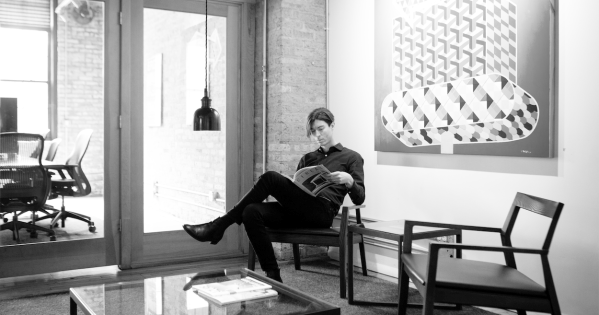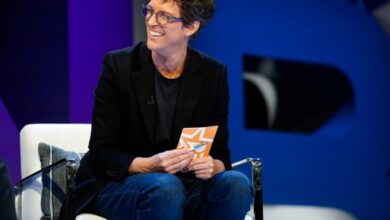Tools of the Trade: Jonathan McGlothin of 50,000 Feet

Tools of the Trade is a feature aimed at highlighting the many tools that contribute to the success of advertising and marketers. Tools can be anything that helps people be at the top of their game, from a favorite drawing table to the best software to a lucky pen to a vintage typewriter to a pair of headphones.
Next up is Jonathan McGlothin, creative director of 50,000 Feet in Chicago.
What tool do you use all the time at work and how does it inspire your work?
Visual research is an essential and ongoing practice for my work as a creative director. I have relied on magazines for many years for this research. I use them to inform and inspire myself in the ever-changing world of art, architecture, design, photography, technology, fashion and advertising. In addition to the educational value of reading articles and current issues, magazines provide a snapshot of the culture at a given time.
A few titles I always have on hand are Aperture, Dazed, Eye, The Gentlewoman, Mousse and Port.
Why is this your favorite?
In a sector that requires being almost constantly in front of the screen, I am looking for opportunities to get out of the digital space. Print offers the opportunity to spend more time on physical content and provides a counterbalance to online search. It’s also a reminder of the importance of slowing down and how interacting with tactile objects can add dimension to the reading experience.
How did you acquire your tool or first hear about it?
As a teenager, magazines gave me a way to access new and exciting ideas and identities in titles like iD, The Face and Interview. They opened my eyes to the language of art direction and typography through editorial design. Discovering the designers behind these magazines, like Terry Jones, Neville Brody, Tibor Kalman and Fabien Baron, inspired my decision to study photography and design and ultimately pursue a career in the creative field.
How does this help you succeed?
For work, magazines are a great resource for visual inspiration. I can’t count the times I’ve found typographic references or discovered a new photographer or illustrator to consider for a project within the pages of a publication. Editorial design also has a rich history, and there is never a shortage of pioneering designers with archives to revisit. I’ve recently been spending a lot of time on the work of Willy Fleckhaus, best known for his design of the lifestyle magazine “twen”. This work spanned from the late 50s to the early 70s and still looks incredibly fresh; you can definitely see its influence on contemporary design.
Does it have sentimental value?
Looking back, I am nostalgic for the closure of some independent bookstores and it is sad to see many important publications cease to circulate.
Do you think your tool could go viral on TikTok? Why or why not?
It’s also encouraging to see more resources and platforms committed to the future of publishing. One of them is magCulture. The staff believes that editorial creativity is an ever-evolving discipline that continues to adapt to technologies and circumstances. As well as having a physical store in London, its website, social media and podcast series dedicated to magazine founders, art directors, editors and designers are full of rich content and interviews with a dedicated audience.
We want to know what tools you use to succeed. If you would like to contribute or know someone who would like to be featured in Tools of the Trade, contact [email protected] and fill our investigation.



